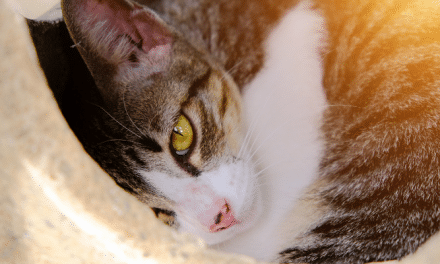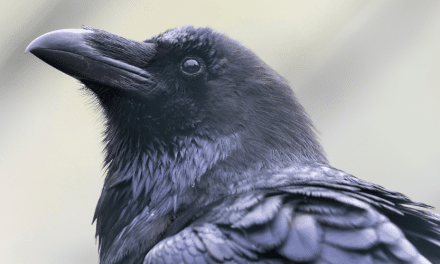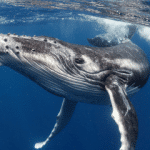
Review by Erin Lanza
In this book, media studies scholar and theorist Aph Ko presents a novel approach to considering animal rights, one that destabilises colonial logic and locates problematic racial hierarchies as central to our exploitation of nonhuman animals. Ko asserts that white supremacy uses the concept of animality to denigrate minority peoples, thereby committing conceptual (and then physical) violence against both nonwhite humans and nonhuman animals. Ko’s commitment to situating anti-racist and animal rights theory as necessarily compatible highlights the pervasive and insidious nature of white supremacy, dismantling the idea that these movements deal with completely separate issues.
Indeed, Ko promotes afro-zoological, anti-racist activism in her work. Defining animality as ‘anyone who deviates from what our culture considers to be an ideal human’ (with clear racial implications), Ko maintains that ‘animality is the foundation of the racial system’. Citing the frequent metaphorical use of nonhuman animals to discuss racism and racial violence, Ko encourages her readers not to view violence against nonhumans as merely comparative to that which people of colour experience by the dominant racial class. Rather, “they are casualties of the project of ‘animality’, which is historically and contemporarily part of our own condition.” This acknowledgement isn’t a comparison; “it is recognition that white supremacy’s ruthlessness isn’t limited to people of color.”
As a media scholar, Ko discusses cultural content such as The Bachelor and Jordan Peele’s Get Out to highlight the connection between white supremacy and violence against animals. In part, Ko explores the symbol of taxidermy to symbolically parallel a domination of ‘nature’ with a ‘desire to denigrate minoritized people’. Ko considers the metaphoric realisation of this relationship as well, arguing that white supremacy attempts to ‘get inside’ the minoritized class, forcing them to internalise the values, perspectives, and beliefs of the dominant class. This results in phenomena such as what W.E.B. Du Bois termed ‘double consciousness’ – a simultaneous image of oneself as both subject and object in a society that views people of colour as Other. As such, Ko argues ‘white supremacist zoological witchcraft is a practice whereby the minoritized class is physically and conceptually consumed and stuffed with definitions from the dominant class’ – in a ritual akin to both witchcraft and taxidermy. Get Out is a particularly powerful cultural resource for this exploration, as black bodies serve as a literal vehicle for white consciousness in the film, beginning with a white woman’s use of hypnotism.
Establishing the connection between white supremacy and animal use, Ko urges a new form of resistance. Rather than taking an intersectional approach, where the two separate movements supposedly ‘meet’, Ko posits a multidimensional angle which recognises the inextricability of the ideologies from the start. In other words, Ko calls for a movement which acknowledges that ‘white supremacy is composed of anti-animal sentiments’. As a result, Ko hopes that animal rights theory can shift from a strictly Eurocentric perspective – one in which the ‘animal’ is almost exclusively considered in the context of factory farming and consumption – to a recognition that animal rights affects us all. As such, the animal rights movement does not and should not “own ‘the animal’”. By opening up the movement to critical race theory, concepts like animality render even more political our use of nonhuman animals, invite a more thorough interrogation of our society’s dangerous institutions, and allow for a more meaningfully diverse resistance.
New frameworks for rethinking animal liberation will benefit us all, and Aph Ko persuasively urges us to consider an epistemological lens that locates white supremacy and colonialism as insidious factors in both our oppression of animals and, in part, in our animal rights movements.


















